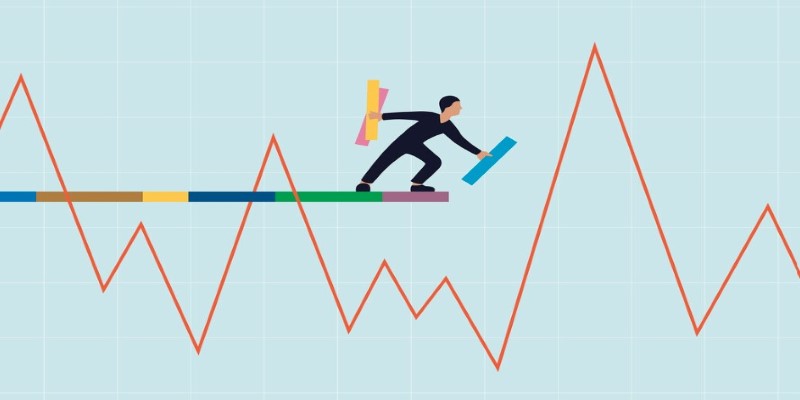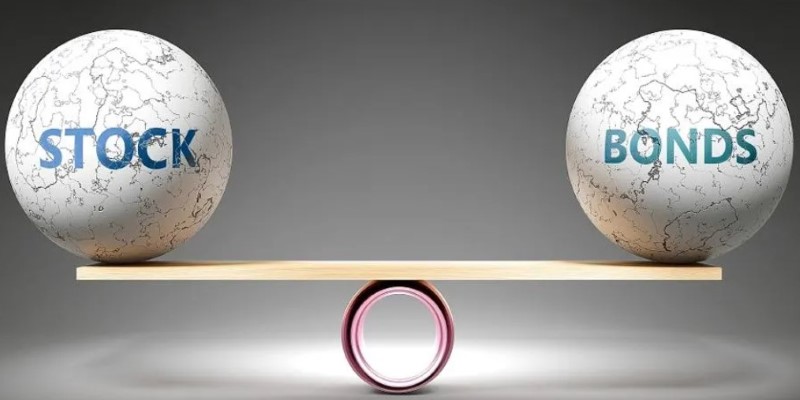Capital markets are the backbone of any financial system, enabling businesses to raise funds while providing investment opportunities for individuals and institutions. Understanding the difference between primary and secondary capital markets is key for anyone interested in finance. The primary market deals with the issuance of new securities, while the secondary market is where these securities are traded after their initial sale.

Though interconnected, each market serves a unique role in the financial ecosystem, catering to the different needs of issuers, investors, and the economy. This article explores these markets in detail, highlighting their pros, cons, and key distinctions.
The primary capital market, also known as the new issue market, is where securities are created and sold to investors for the first time. Companies, governments, and other entities raise capital by issuing stocks, bonds, or other financial instruments. The funds raised are typically used for expansion, debt repayment, or new ventures.
For example, when a company launches an initial public offering (IPO), it is participating in the primary market. Investors buy shares directly from the company, and the funds flow directly to the issuer. Apart from IPOs, primary markets also include private placements, rights issues, and preferential allotments.
One of the primary market's main advantages is that it provides issuers with direct access to capital. Companies can tap into public or private funds to finance growth or new initiatives. Since the capital raised is often more affordable than loans or other debt instruments, it provides flexibility to the business. Additionally, by issuing equity, companies can raise funds without increasing their debt burden.

Another advantage is investor accessibility. The primary market gives retail and institutional investors an opportunity to participate in a companys growth from the outset. The chance to buy shares at the issue price, which can be lower than future market prices, attracts many investors.
While beneficial, primary markets come with risks and challenges. Issuing new securities is a complex process that requires adherence to regulatory guidelines, legal checks, and market conditions. IPOs, for example, are time-consuming and involve significant costs like underwriting fees and marketing expenses. If the market conditions are unfavorable, the process can be delayed or result in a less favorable pricing outcome.
For investors, the primary market poses risks as well. The performance of newly issued securities is often uncertain, and theres always the chance that the stock price may fall below the issue price once it enters the secondary market. Additionally, smaller or less established companies are riskier for investors, as their business models may be unproven.
The secondary capital market is where existing securities are traded among investors. Unlike the primary market, where funds go directly to the issuer, transactions in the secondary market involve the buying and selling of securities between investors. Well-known examples include stock exchanges like the New York Stock Exchange (NYSE) and NASDAQ.
In the secondary market, prices are determined by supply and demand. Investors have the flexibility to buy and sell shares, bonds, and other instruments at prevailing market prices. This liquidity is a critical feature of the secondary market, making it easier for investors to convert their holdings into cash or adjust their portfolios.
The primary advantage of secondary markets is liquidity. Thanks to the continuous buying and selling of securities, investors can easily enter or exit positions without significant delays. This market also offers price transparency, as information on current and historical prices is readily available, allowing investors to make informed decisions.
Another advantage is the ease of portfolio management. Investors can diversify their portfolios by buying different types of securities, hedging risks, or reallocating assets based on changing financial goals or market conditions. The secondary market also plays a key role in determining the fair value of a companys securities through real-time pricing based on investor sentiment and company performance.
While liquidity is a strong point, the secondary market can be highly volatile. Prices can fluctuate dramatically due to economic news, market speculation, or shifts in investor sentiment. This volatility can lead to potential losses, especially for short-term investors or those with lower risk tolerance.
Additionally, secondary markets are prone to speculation. Investors sometimes make decisions based on market trends or rumors rather than the intrinsic value of the security. This can lead to asset bubbles, where prices soar far beyond their fundamental value before crashing. Furthermore, transaction fees, broker commissions, and taxes can eat into returns, making frequent trading costly for some investors.
The primary and secondary capital markets are interlinked but serve distinct functions. In the primary market, securities are issued directly by companies to raise funds, whereas in the secondary market, these securities are traded among investors. This distinction impacts who benefits from the transactions. In the primary market, the issuer receives the funds, while in the secondary market, the proceeds go to the seller.

The regulation also differs between these markets. The primary market is subject to more stringent regulatory scrutiny, especially during IPOs, to protect investors from potential fraud or misinformation. In contrast, the secondary market operates under ongoing regulation, with securities exchanges and regulatory bodies ensuring fair trading practices.
Furthermore, the pricing mechanism varies. In the primary market, prices are set by the issuing entity, often based on valuation models, underwriters, and market demand during the offering. In the secondary market, prices fluctuate based on real-time market dynamics, with factors like supply, demand, and news influencing price movements.
Another difference is the investor profile. The primary market is more suitable for long-term investors seeking to get in on the ground floor of a company's growth. In contrast, the secondary market caters to a broad range of investors, including day traders, institutional investors, and those with varying risk appetites.
Understanding the primary and secondary capital markets is crucial for both businesses seeking capital and investors looking to grow wealth. While the primary market focuses on capital raising through the issuance of new securities, the secondary market provides the liquidity and price discovery mechanisms needed for a healthy financial system.
Each market has its own set of advantages and challenges, and they work together to fuel economic growth, drive investment opportunities, and support corporate expansion. Whether you're a company aiming to raise funds or an investor looking to buy or sell securities, knowing the key differences between these markets will enable more informed decisions.

By Verna Wesley/Sep 03, 2024

By Gabrielle Bennett /Oct 22, 2024

By Rick Novak/Jul 11, 2024

By Jennifer Redmond/Sep 04, 2024

By Maurice Oliver/Aug 30, 2024

By Kristina Cappetta/Sep 04, 2024

By Celia Shatzman/Sep 04, 2024
By Martina Wlison/Sep 04, 2024

By Kristina Cappetta/Oct 03, 2024

By Kelly Walker/Jun 14, 2024

By Elva Flynn/Sep 04, 2024

By Gabrielle Bennett /Sep 04, 2024